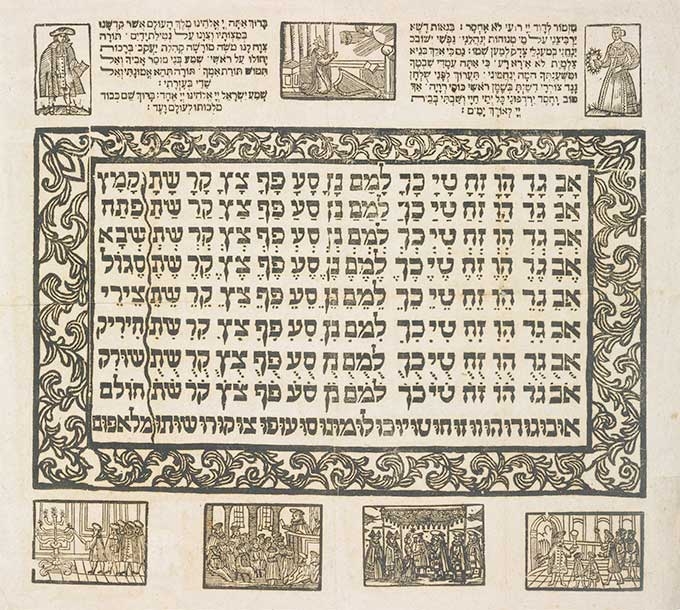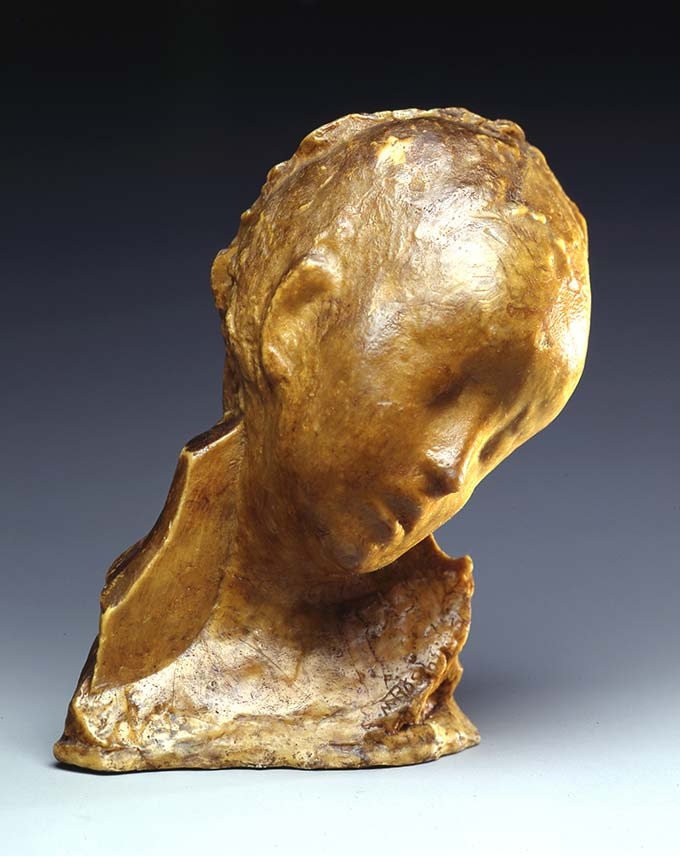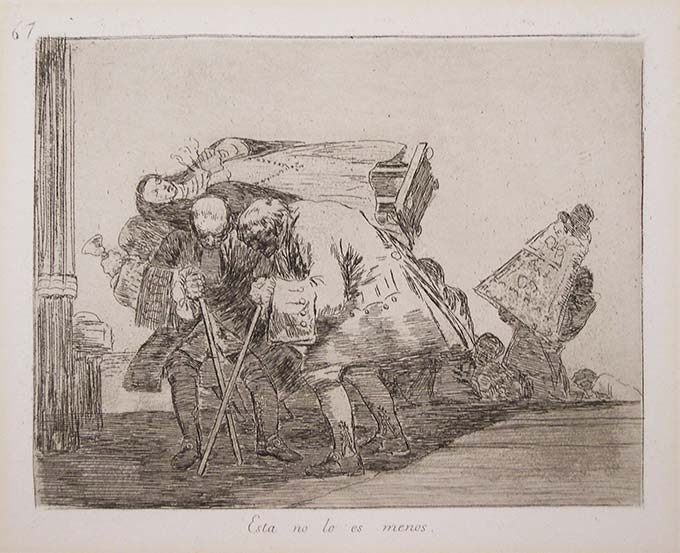The Language Schools at the Art Museum
–
This summer, Middlebury College celebrates the centennial of the Language Schools that, each summer, transform the campuses in Middlebury, Vermont, and at Mills College, California, into global villages where virtually no English can be heard. The German school was founded in 1915. In subsequent summers French, Spanish, Italian, Russian, Chinese, Japanese, Arabic, Portuguese, and Hebrew were added. Korean is being offered for the first time this summer.
The museum joins in the centennial celebrations with this exhibition, curated by Associate Curator of Ancient Art Pieter Broucke and Sabarsky Graduate Fellow Peter Moore ’14, and open to both on- and off-campus audiences.
From the outset, the curators aimed to create a single, cohesive exhibition celebrating the centennial of the Language Schools as a whole, rather than creating 11 miniature exhibitions, one for each language. The result is a rich constellation of works of art and displays of languages that, taken together, form a comprehensive visual experience that spans nearly two millennia of globe-encompassing artistic production.

Anonymous (German, Frankfurt), Illustrated Hebrew Alphabet Chart, c. 1730, ink on paper, 14 1/4 x 16 3/4 inches. Collection of Middlebury College Museum of Art. Purchase with funds provided by the Walter Cerf Art Fund, 2014.10.
For the exhibition, the curators selected 22 works of art from the museum’s permanent collection, two per language. For each language, the curators aimed at including one work that is typical and representative, the other less typical and somewhat surprising; one work that is more historical, the other more modern or contemporary; one that contains language and one that does not; and, when relevant, one that is from where a language originated and one from where the language (or an artist) migrated.

Medardo Rosso (Italian, 1858–1928), Bimbo malato, c. 1893, wax on plaster, 10 1/2 x 9 3/8 x 7 inches. Collection of Middlebury College Museum of Art. Purchased with funds provided by the Christian A. Johnson Memorial Fund, 1979.036.
To fulfill this curatorial objective the museum had to add some works of art to its collection, especially for the more recently introduced languages. For instance, for Portuguese the museum acquired two figurative Rococo tile sets from Coimbra, Portugal’s erstwhile capital; an early 18th-century Hebrew alphabet chart made in Germany; and for Korean a writing-covered interpretation of the four seasons, a work by contemporary artist Hyun-Hee Lee.
In addition to the works themselves, each language also has the exhibition’s introductory texts displayed in the gallery. The two works of art selected for each language, moreover, are provided with object labels in their respective language. As a result, the languages and their writing systems themselves are, alongside their works of art, prominently featured in the exhibition.

Francisco de Goya (Spanish, 1746–1828), Esta no lo es menos, Plate 67 from the Disasters of War, 1810–14, aquatint on paper, 5 5/8 x 7 3/8 inches. Collection of Middlebury College Museum of Art. Gift of Dr. and Mrs. Fletcher McDowell (Electra Bostwick, Class of 1955), 1969.028.
In keeping with the “No English Spoken Here” pledge that underlies the time-tested pedagogy of Middlebury’s Language Schools, not a word of English is displayed in the exhibition, though a handout with translations of the introductory text and all labels is made available in the gallery.
